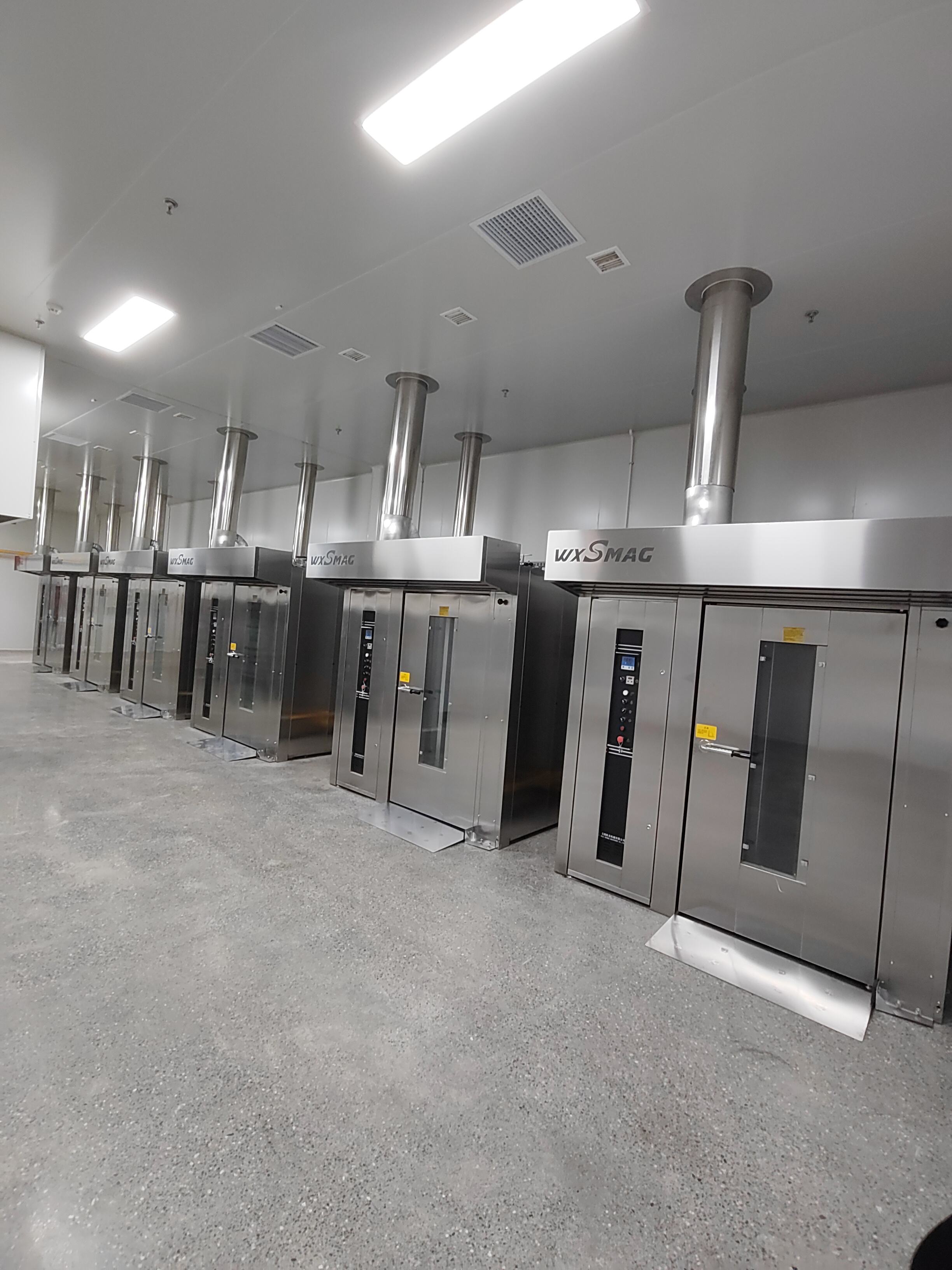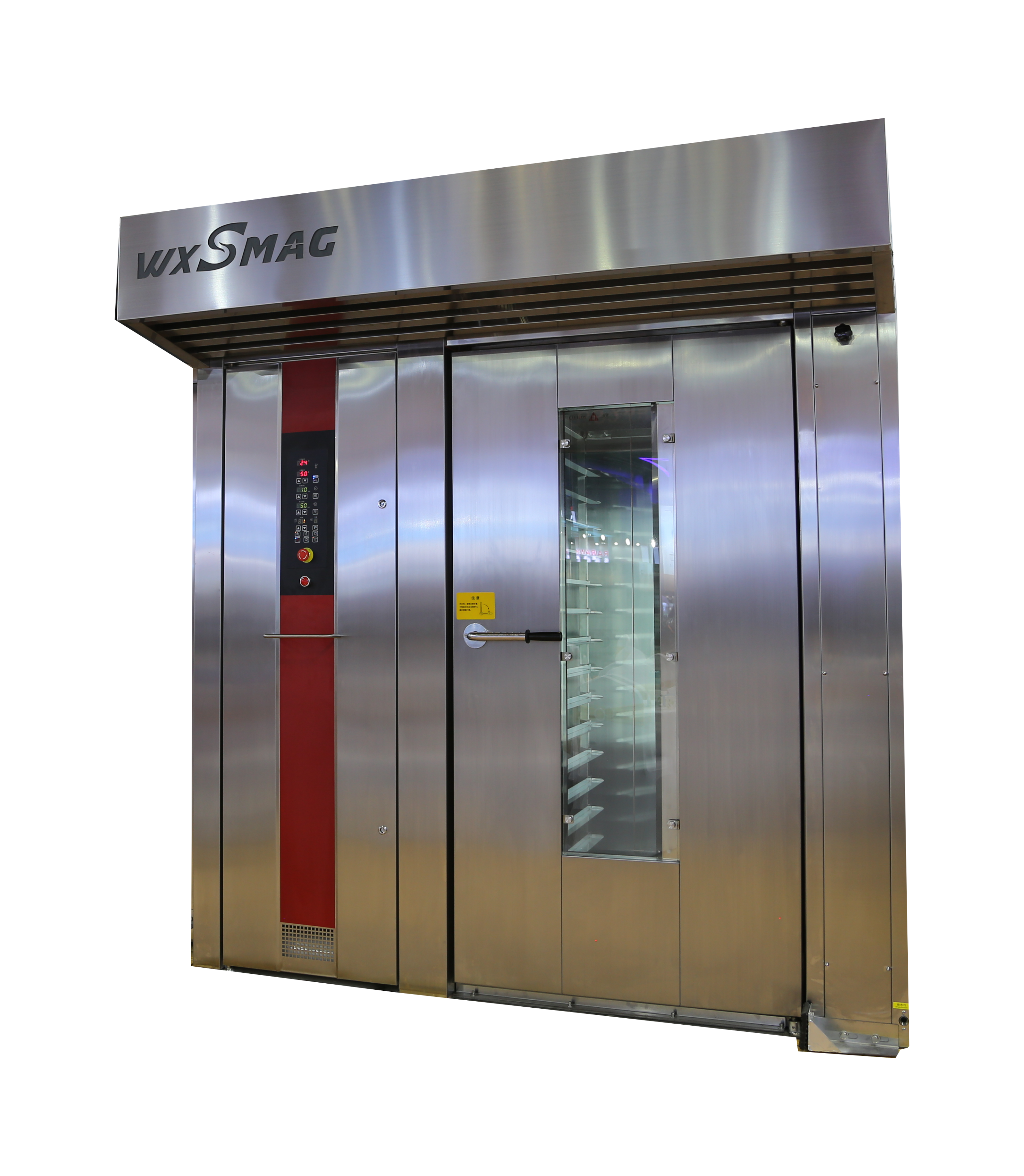Mastering Heat Precision in Modern Food Processing
The success of commercial food production hinges heavily on temperature control techniques that ensure consistent, high-quality output. Rotary ovens represent the backbone of many food processing operations, from bakeries to meat processing facilities. Understanding and implementing proper temperature control is crucial not only for product quality but also for operational efficiency and safety compliance.
Modern food processing demands precision and reliability in thermal processing. Whether producing artisanal breads or processing prepared meals, maintaining precise temperature profiles throughout the cooking cycle directly impacts product consistency, texture, and food safety standards. This comprehensive guide explores the sophisticated temperature control techniques that define excellence in rotary oven operations.
Core Components of Rotary Oven Temperature Management
Advanced Sensing Systems
At the heart of effective temperature control techniques lies sophisticated sensing technology. Modern rotary ovens employ multiple temperature sensors strategically placed throughout the cooking chamber. These sensors provide real-time data about temperature variations and heat distribution patterns. RTD (Resistance Temperature Detector) sensors offer superior accuracy compared to traditional thermocouples, enabling precise temperature monitoring within 0.1°C.
The placement of sensors requires careful consideration of airflow patterns and heat distribution within the oven chamber. Leading manufacturers implement advanced sensor arrays that monitor not just air temperature but also product core temperature, ensuring comprehensive thermal control throughout the cooking process.
Intelligent Control Algorithms
Contemporary temperature control techniques rely heavily on sophisticated PID (Proportional-Integral-Derivative) controllers and adaptive algorithms. These systems continuously analyze temperature data and adjust heating elements accordingly, maintaining precise temperature profiles even under varying load conditions.
Machine learning algorithms enhance these control systems by predicting temperature fluctuations based on historical data and current operating conditions. This predictive capability allows for proactive adjustments, minimizing temperature deviations before they occur.
Application-Specific Temperature Control Strategies
Bakery Products
Bakery applications require particularly nuanced temperature control techniques. Different zones within the rotary oven must maintain specific temperature ranges to achieve proper crust formation, crumb structure, and overall product quality. For instance, bread baking typically requires an initial high-temperature phase for proper oven spring, followed by a controlled temperature reduction for optimal crust development.
Modern control systems allow for programmable temperature profiles that can be customized for different product types. This flexibility enables bakeries to switch between various products while maintaining consistent quality standards.
Meat Processing Applications
Meat processing presents unique challenges for temperature control techniques. Precise temperature management is crucial for food safety, with specific time-temperature requirements for pathogen elimination. Advanced control systems monitor both surface and core temperatures, ensuring proper cooking while maintaining product moisture and texture.
Variable speed fan controls work in conjunction with temperature management systems to optimize heat distribution and prevent hot spots. This integrated approach ensures uniform cooking while maintaining product quality attributes.
Energy Efficiency and Thermal Management
Heat Recovery Systems
Modern temperature control techniques incorporate energy efficiency considerations. Heat recovery systems capture and redirect waste heat, reducing energy consumption while maintaining precise temperature control. Advanced heat exchangers and thermal storage systems help optimize energy usage without compromising processing precision.
Smart control algorithms analyze production schedules and load patterns to optimize energy consumption while maintaining required temperature profiles. This proactive approach to energy management can significantly reduce operational costs while ensuring consistent product quality.
Insulation and Heat Distribution
Effective temperature control techniques extend beyond just heating element management. Advanced insulation materials and designs minimize heat loss while ensuring uniform heat distribution throughout the oven chamber. Strategic placement of air circulation systems helps maintain consistent temperatures across all zones.
Modern rotary ovens employ sophisticated airflow management systems that adapt to different product requirements. Variable-speed fans and adjustable baffles ensure optimal heat distribution while minimizing energy losses.

Maintenance and Calibration Protocols
Regular Calibration Requirements
Maintaining accuracy in temperature control techniques requires regular sensor calibration and system validation. Established calibration protocols ensure that temperature readings remain accurate over time, preventing drift that could affect product quality. Regular calibration checks should be performed against certified reference standards.
Documentation of calibration procedures and results helps maintain compliance with food safety regulations while ensuring consistent product quality. Modern systems often include automated calibration reminder systems and diagnostic tools.
Preventive Maintenance Strategies
Effective temperature control techniques rely on well-maintained equipment. Preventive maintenance programs should include regular inspection of heating elements, sensors, and control systems. Early detection of potential issues helps prevent temperature control problems before they affect production.
Advanced monitoring systems can predict maintenance needs based on performance data, enabling proactive maintenance scheduling that minimizes production disruptions while maintaining optimal temperature control.
Frequently Asked Questions
How often should temperature sensors be calibrated in rotary ovens?
Temperature sensors should undergo calibration at least quarterly, with more frequent checks for high-volume operations. Critical process applications may require monthly validation against certified reference standards to ensure continued accuracy and compliance with food safety regulations.
What factors influence temperature uniformity in rotary ovens?
Several key factors affect temperature uniformity, including air circulation patterns, product loading patterns, insulation integrity, and heating element performance. Regular maintenance of fan systems, proper loading procedures, and optimal rack spacing all contribute to maintaining uniform temperatures throughout the oven chamber.
How can energy efficiency be improved while maintaining precise temperature control?
Energy efficiency can be enhanced through several methods, including implementing heat recovery systems, optimizing production schedules to minimize idle time, maintaining proper insulation, and using smart control algorithms that adjust power consumption based on actual load requirements. Regular maintenance of seals and insulation also plays a crucial role in energy conservation.

